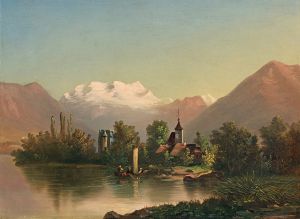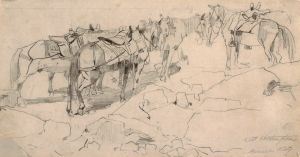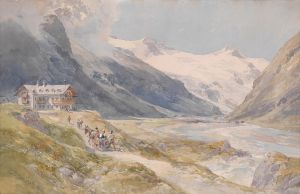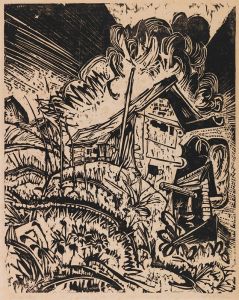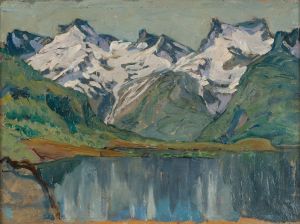
Der Dachstein vom Sophien-Doppelblick bei Ischl
A hand-painted replica of Ferdinand Georg Waldmüller’s masterpiece Der Dachstein vom Sophien-Doppelblick bei Ischl, meticulously crafted by professional artists to capture the true essence of the original. Each piece is created with museum-quality canvas and rare mineral pigments, carefully painted by experienced artists with delicate brushstrokes and rich, layered colors to perfectly recreate the texture of the original artwork. Unlike machine-printed reproductions, this hand-painted version brings the painting to life, infused with the artist’s emotions and skill in every stroke. Whether for personal collection or home decoration, it instantly elevates the artistic atmosphere of any space.
Ferdinand Georg Waldmüller (1793–1865) was an Austrian painter and one of the most prominent figures of the Biedermeier period. Known for his detailed and realistic depictions of landscapes, portraits, and genre scenes, Waldmüller was highly regarded for his ability to capture the natural beauty of his surroundings and the everyday life of his time. One of his works, Der Dachstein vom Sophien-Doppelblick bei Ischl (The Dachstein from the Sophien Double View near Ischl), exemplifies his skill in landscape painting.
This painting portrays a view of the Dachstein mountain range, a prominent feature of the Austrian Alps, as seen from a vantage point near Ischl (modern-day Bad Ischl), a town in Upper Austria. The title references the "Sophien-Doppelblick," a scenic viewpoint named in honor of Archduchess Sophie, the mother of Emperor Franz Joseph I of Austria. Bad Ischl was a popular summer retreat for the Austrian imperial family and the aristocracy during the 19th century, and its picturesque surroundings inspired many artists, including Waldmüller.
In Der Dachstein vom Sophien-Doppelblick bei Ischl, Waldmüller demonstrates his mastery of light and atmosphere. The painting captures the majestic peaks of the Dachstein range bathed in natural light, with meticulous attention to detail in the rendering of the landscape. The composition reflects Waldmüller's deep appreciation for the natural world and his ability to convey its grandeur through his art. His use of color and light creates a sense of depth and realism, drawing the viewer into the scene.
Waldmüller's landscapes often reflect his interest in the interplay between nature and human activity, though this particular work focuses primarily on the natural environment. The painting is a testament to his dedication to plein air painting, a technique he employed to observe and depict nature directly, rather than relying solely on sketches or memory.
Today, Waldmüller's works are celebrated for their contribution to 19th-century European art, and his landscapes, in particular, are valued for their technical precision and emotional resonance. Der Dachstein vom Sophien-Doppelblick bei Ischl remains an example of his ability to capture the beauty of the Austrian countryside and his role in shaping the Biedermeier aesthetic.
Further details about the painting's current location, dimensions, or specific historical context are not readily available.





